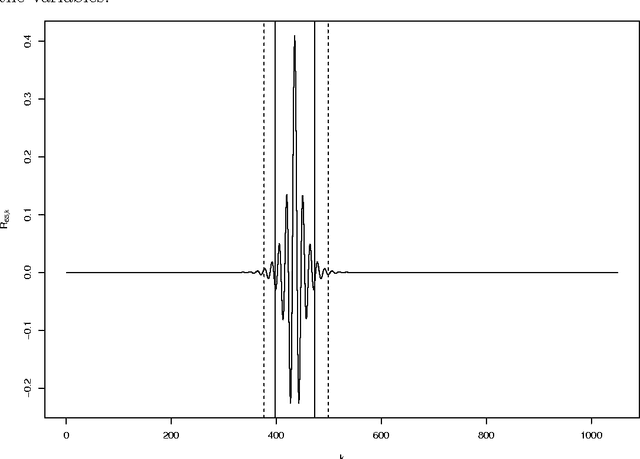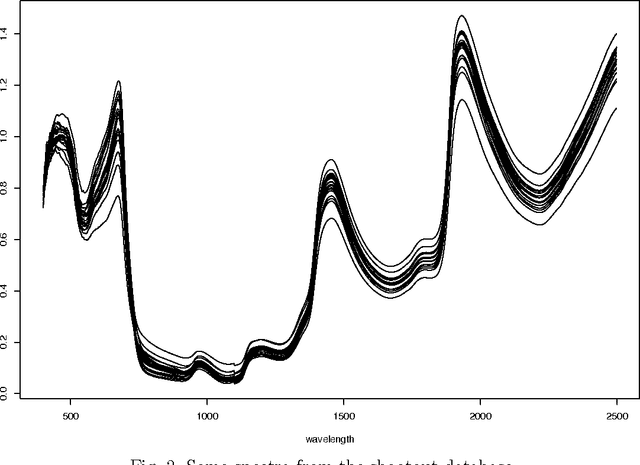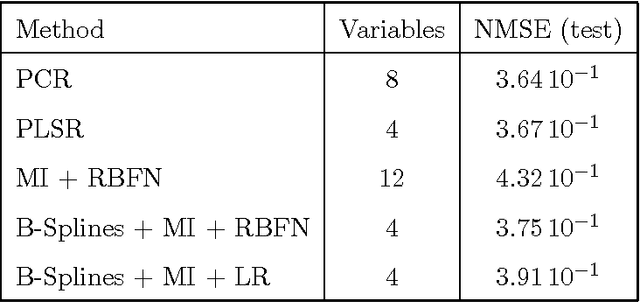Fast Selection of Spectral Variables with B-Spline Compression
Paper and Code
Sep 23, 2007



The large number of spectral variables in most data sets encountered in spectral chemometrics often renders the prediction of a dependent variable uneasy. The number of variables hopefully can be reduced, by using either projection techniques or selection methods; the latter allow for the interpretation of the selected variables. Since the optimal approach of testing all possible subsets of variables with the prediction model is intractable, an incremental selection approach using a nonparametric statistics is a good option, as it avoids the computationally intensive use of the model itself. It has two drawbacks however: the number of groups of variables to test is still huge, and colinearities can make the results unstable. To overcome these limitations, this paper presents a method to select groups of spectral variables. It consists in a forward-backward procedure applied to the coefficients of a B-Spline representation of the spectra. The criterion used in the forward-backward procedure is the mutual information, allowing to find nonlinear dependencies between variables, on the contrary of the generally used correlation. The spline representation is used to get interpretability of the results, as groups of consecutive spectral variables will be selected. The experiments conducted on NIR spectra from fescue grass and diesel fuels show that the method provides clearly identified groups of selected variables, making interpretation easy, while keeping a low computational load. The prediction performances obtained using the selected coefficients are higher than those obtained by the same method applied directly to the original variables and similar to those obtained using traditional models, although using significantly less spectral variables.
 Add to Chrome
Add to Chrome Add to Firefox
Add to Firefox Add to Edge
Add to Edge